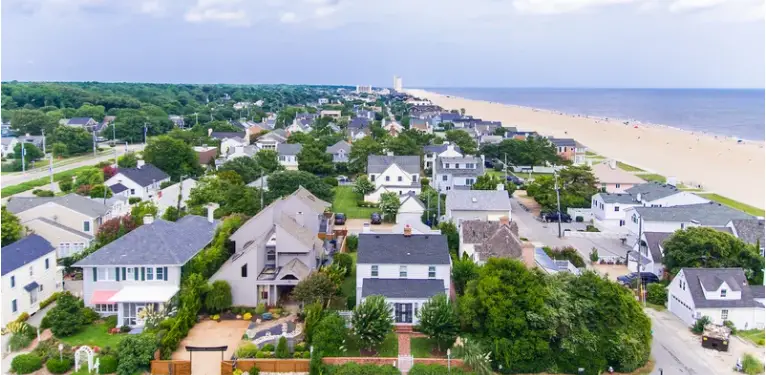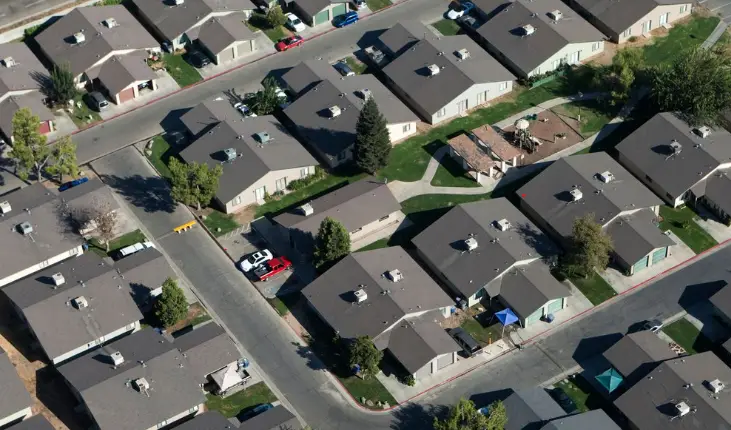Does greensboro nc get hurricanes?
Greensboro is located in North Carolina, which is in the southeastern United States. The state is vulnerable to hurricanes that form in the Atlantic Ocean and Gulf of Mexico. However, Greensboro is not located on the coast, so it is not as likely to be directly impacted by a hurricane as coastal cities are. Nevertheless, hurricanes can bring heavy rains and strong winds to Greensboro, and the city has been impacted by several hurricanes in recent years, including Hurricane Florence in 2018 and Hurricane Matthew in 2016.
Does Greensboro NC flood?
Greensboro is located in central North Carolina, approximately 80 miles west of the Atlantic Ocean. The city experiences a temperate climate with four distinct seasons. The average annual rainfall is 43 inches, and the average annual snowfall is 10 inches. Greensboro has a history of flooding, most notably from Hurricane Floyd in 1999. The hurricane caused the Cape Fear River to overflow its banks, resulting in significant flooding in Greensboro. The city has taken steps to mitigate the risk of flooding in the future, including the construction of a floodwall along the river.
Does Greensboro North Carolina get tornadoes?
Greensboro North Carolina is located in the Piedmont region of the state and is considered to be in a moderate risk area for tornadoes. The area has had an average of 2.5 tornadoes per year over the past 30 years. The most recent tornado to hit the area was an EF2 that struck on April 16, 2018.
Where do most hurricanes hit in North Carolina?
Most hurricanes that hit North Carolina come up from the south, passing along the coast of South Carolina before making landfall in North Carolina. The area where most hurricanes make landfall in North Carolina is along the Outer Banks, a chain of barrier islands off the coast of the state. The Outer Banks are particularly vulnerable to hurricanes because they are low-lying and exposed to the open ocean. Hurricane Hazel in 1954 and Hurricane Irene in 2011 are two examples of major hurricanes that made landfall on the Outer Banks.
What parts of North Carolina get hurricanes?
The parts of North Carolina that get hurricanes are the coastal areas and the Outer Banks. The coastal areas are vulnerable to hurricanes because they are close to the water and the Outer Banks are vulnerable because they are a barrier island.
When was the last tornado in Greensboro North Carolina?
The last tornado in Greensboro, North Carolina was on April 15, 2018. The tornado was an EF-3 and had maximum winds of 140 mph. It was on the ground for 9.25 miles and caused significant damage to many homes and businesses. There were no fatalities.
Where was the tornado in Greensboro?
The tornado in Greensboro was located in the eastern part of the city. It began near the intersection of East Market Street and South Elm Street. It then moved northeast, crossing Interstate 40 and damaging several businesses and homes. The tornado then crossed into Guilford County, where it caused additional damage before dissipating.
What is the difference between a tornado watch and a tornado warning?
A tornado watch is issued by the National Weather Service when conditions are favorable for the development of severe thunderstorms that could produce tornadoes. A tornado warning is issued when a tornado has been sighted or indicated by weather radar.
Does North Carolina get bad hurricanes?
The short answer is yes, North Carolina does get bad hurricanes. The state is located on the East Coast of the United States, which puts it in the path of many hurricanes that form in the Atlantic Ocean. Hurricane Florence was a recent example of a bad hurricane that affected North Carolina. The storm made landfall in the state in September 2018 and caused widespread damage, particularly in the eastern part of the state.
Many homes and businesses were flooded, and there was significant damage to infrastructure. The storm caused an estimated $17 billion in damage and killed at least 53 people. North Carolina is also vulnerable to hurricanes that make landfall further south and then move up the coast. For example, Hurricane Hugo made landfall in South Carolina in 1989 but caused significant damage in North Carolina as well. The storm caused an estimated $7 billion in damage and killed 27 people in the state. Overall, North Carolina is vulnerable to hurricanes and experiences significant damage from these storms on a regular basis.
Does North Carolina have a lot of tornadoes?
According to the National Weather Service, North Carolina averages around 15 tornadoes per year. While this may seem like a lot, it actually ranks the state at only about the 25th most tornadoes per year in the United States. North Carolina does, however, see a wide variety of tornado types. The state has seen everything from the weak tornadoes that are common in the Midwest, to the much more rare and destructive EF5 tornadoes.
How far inland do hurricanes affect North Carolina?
The North Carolina coastline is vulnerable to hurricanes. The state is frequently hit by these storms, which can cause significant damage. Inland areas are also affected by hurricanes, though to a lesser extent. These storms can bring heavy rains, strong winds, and flooding to inland areas.
When was the last time a hurricane hit North Carolina?
The last hurricane to make landfall in North Carolina was Hurricane Florence in 2018. The storm made landfall as a Category 1 hurricane near Wrightsville Beach on September 14. The hurricane caused significant damage along the coast, with flooding and high winds causing widespread damage. In the days after the storm, many areas were without power or clean water.
How often do hurricanes hit North Carolina?
There is no definitive answer to this question as it largely depends on the specific location within North Carolina. However, according to the National Oceanic and Atmospheric Administration (NOAA), the state averages around two to three hurricanes per year. The majority of hurricanes that do impact North Carolina tend to occur between the months of August and October. This is due to the fact that these are typically the peak months of hurricane season in the Atlantic Basin. That being said, it is important to note that hurricanes can and do occur outside of the traditional hurricane season. In fact North Carolina was impacted by Hurricane Florence. This storm caused significant damage and resulted in several fatalities. As a result, it is important for residents of North Carolina (and all coastal areas) to be prepared for the possibility of a hurricane at any time of year. This means having a plan in place and knowing what to do in the event of a storm.







